In today’s fast-paced world of logistics, resilience is key to staying competitive and thriving in the face of a challenging business environment. With the increasing complexity and volatility of supply chains, businesses are turning to automation to build resilience in their warehouse and distribution operations. Let’s explore how to build a resilient warehouse with automation.
Enhanced Efficiency and Speed
Automation streamlines processes, reduces manual handling, and speeds up operations. By automating tasks such as order picking, loading/unloading, packing, and sorting, warehouses can handle larger volumes of orders with greater efficiency, even during peak periods or unexpected surges in demand.
With the Canadian market experiencing a surge in demand for ecommerce fulfillment services, it’s becoming a necessity to automate your warehouses to meet the demand and customer expectations as the Canadian Third-Party Logistics (3PL) market alone is projected to reach almost $33 billion in 2024!
Reduced Labor Dependency
Automation reduces strain and repetitive tasks on the operator, minimizing the impact of labor shortages, turnover, or disruptions. Automated systems can operate continuously with minimal human intervention, ensuring consistent performance and throughput.
Improved Accuracy and Consistency
Automated systems are highly precise and consistent, reducing the risk of errors and inconsistencies in order fulfillment and reverse logistics. By eliminating human errors associated with manual tasks, warehouses can maintain high levels of accuracy even in challenging circumstances.
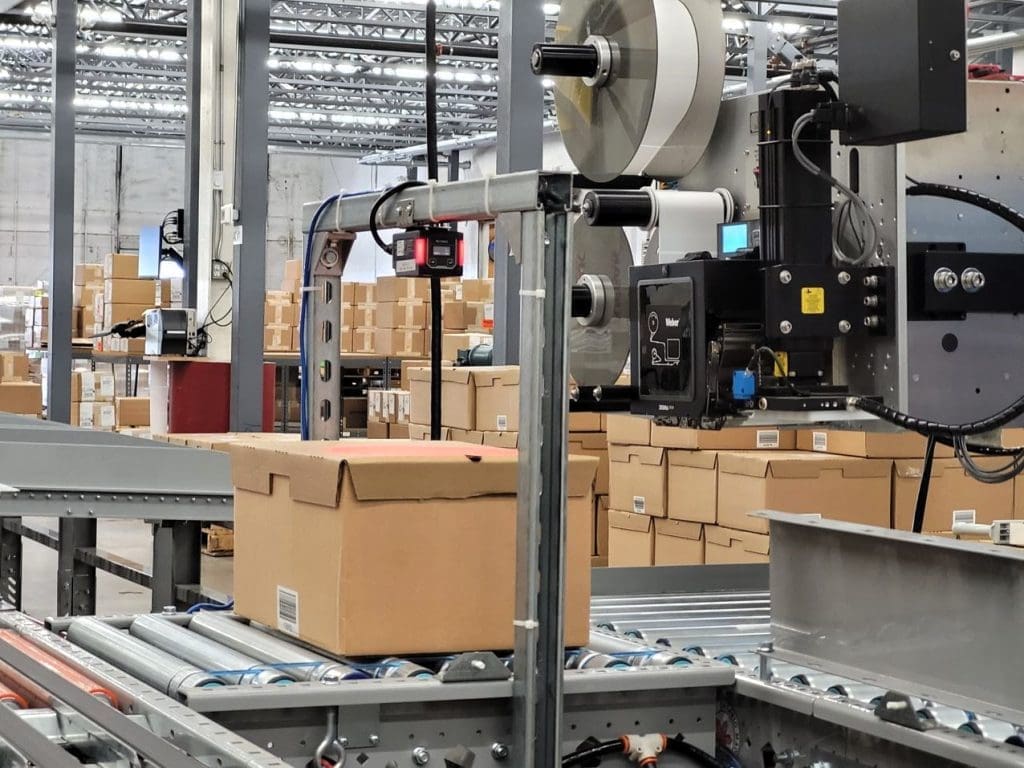

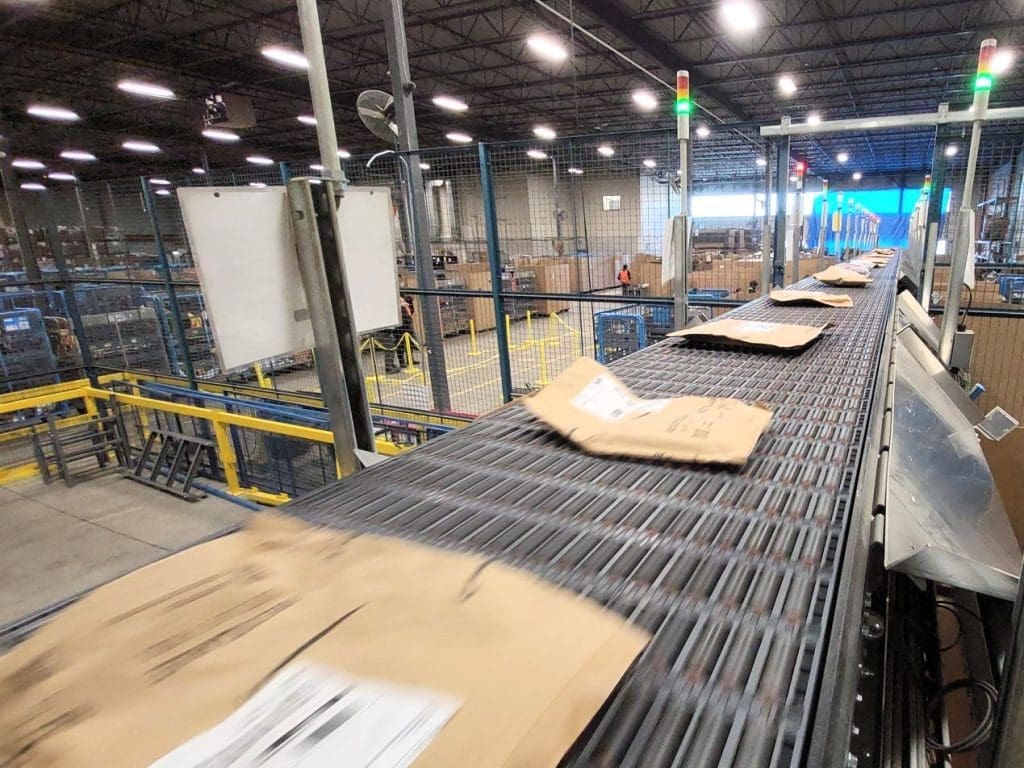
Flexibility and Adaptability
Modern automation technologies are designed to be flexible and adaptable to changing business needs and market conditions. With modular systems and scalable solutions, warehouses can easily adjust capacity, workflows, and processes to accommodate fluctuations in demand or changes in product mix.
Real-Time Visibility and Control
Automation provides real-time visibility into warehouse operations, allowing businesses to monitor performance, track inventory levels, and identify issues proactively. With advanced analytics and reporting capabilities, warehouse managers can make data-driven decisions to optimize operations and respond quickly to disruptions.
Across Ikea’s entire Canadian network, 1.61 million orders were delivered between September 2022 and August 2023.
Resilient Supply Chain Network
Automation extends beyond the warehouse to encompass the entire supply chain network. Integrating automated systems with suppliers, carriers, and partners, businesses can improve coordination, communication, and collaboration across the supply chain, enhancing overall resilience.
Continuous Innovation and Improvement
Automation fosters a culture of continuous innovation and improvement, enabling businesses to stay ahead of the curve and adapt to evolving market dynamics. With access to cutting-edge technologies such as robotics, artificial intelligence, and predictive analytics, warehouses can continuously optimize processes and stay resilient in the face of uncertainty.
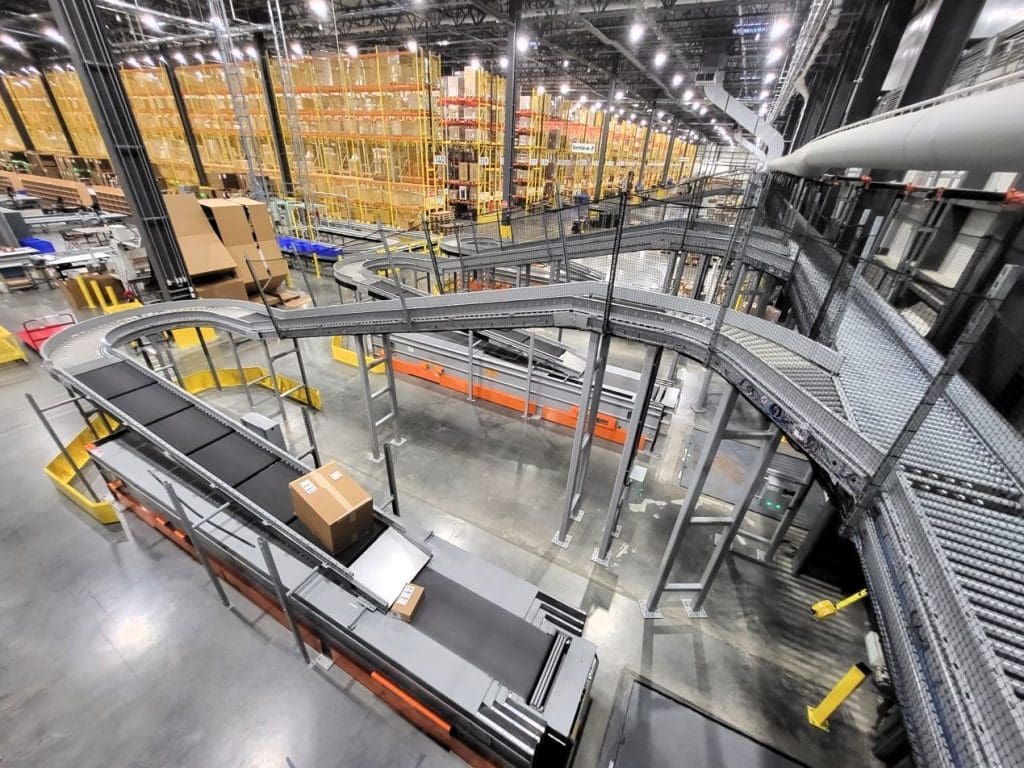
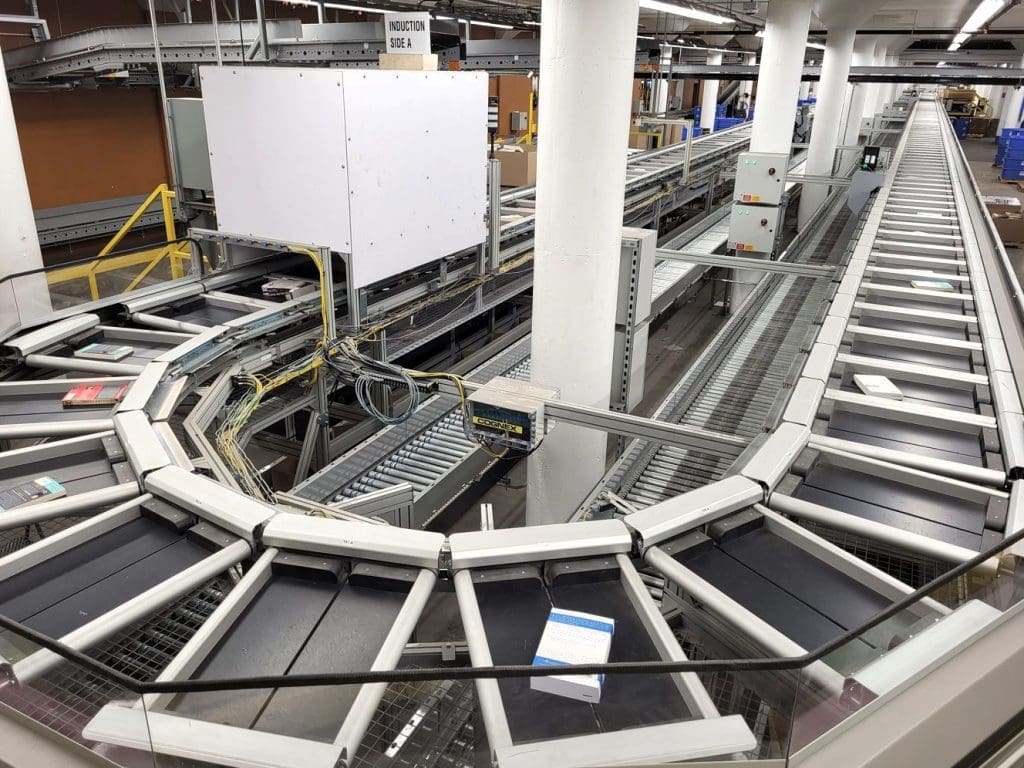
Automation plays a crucial role in building resilience in warehouse and distribution operations. By enhancing efficiency, reducing labor dependency, improving accuracy, and fostering flexibility, automation enables businesses to adapt to challenges, mitigate risks, and maintain operational continuity in today’s dynamic business environment. Investing in automation is not just about optimizing operations—it’s about future-proofing your business and ensuring long-term success in an increasingly competitive landscape.


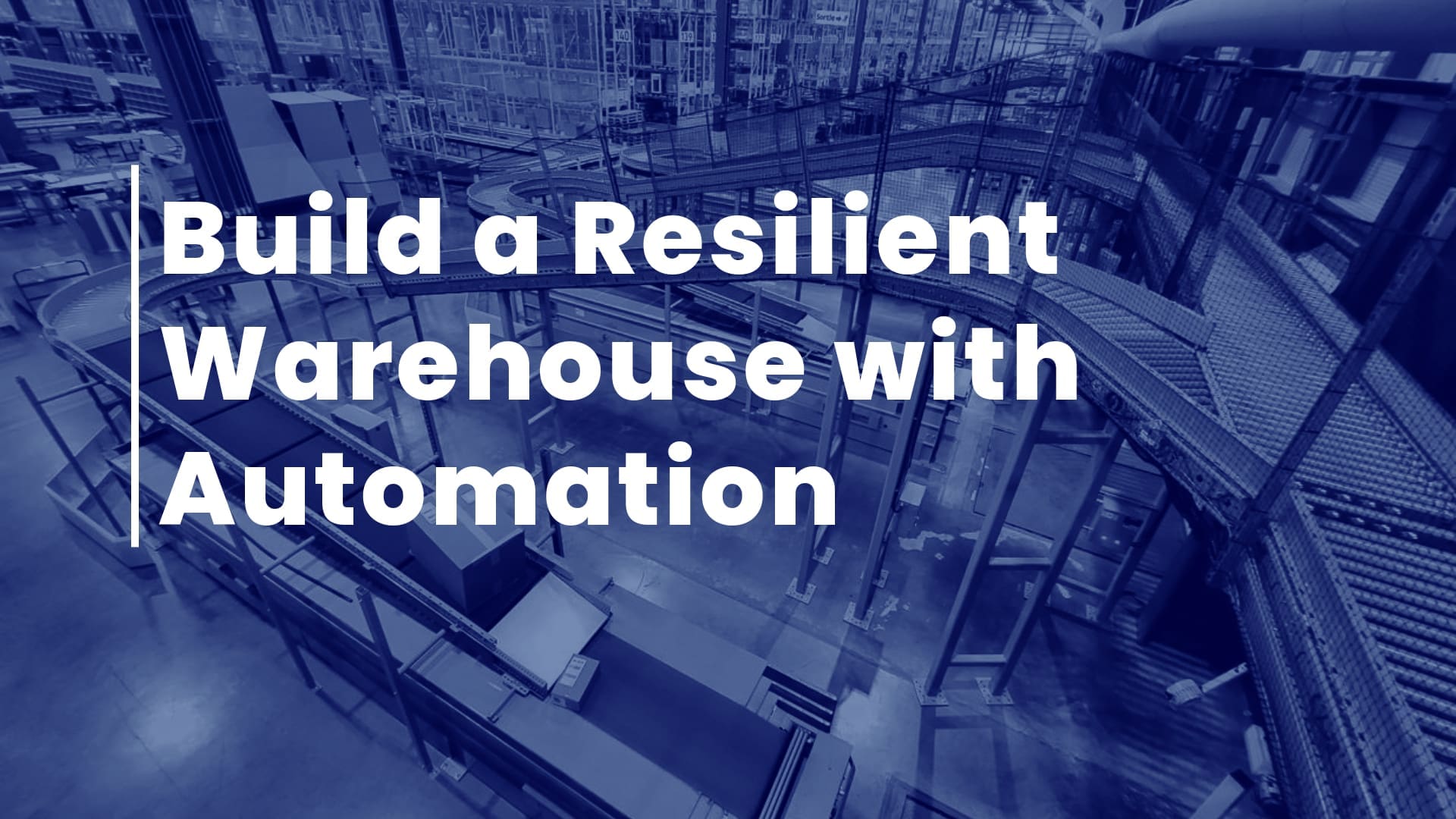


Comments are closed